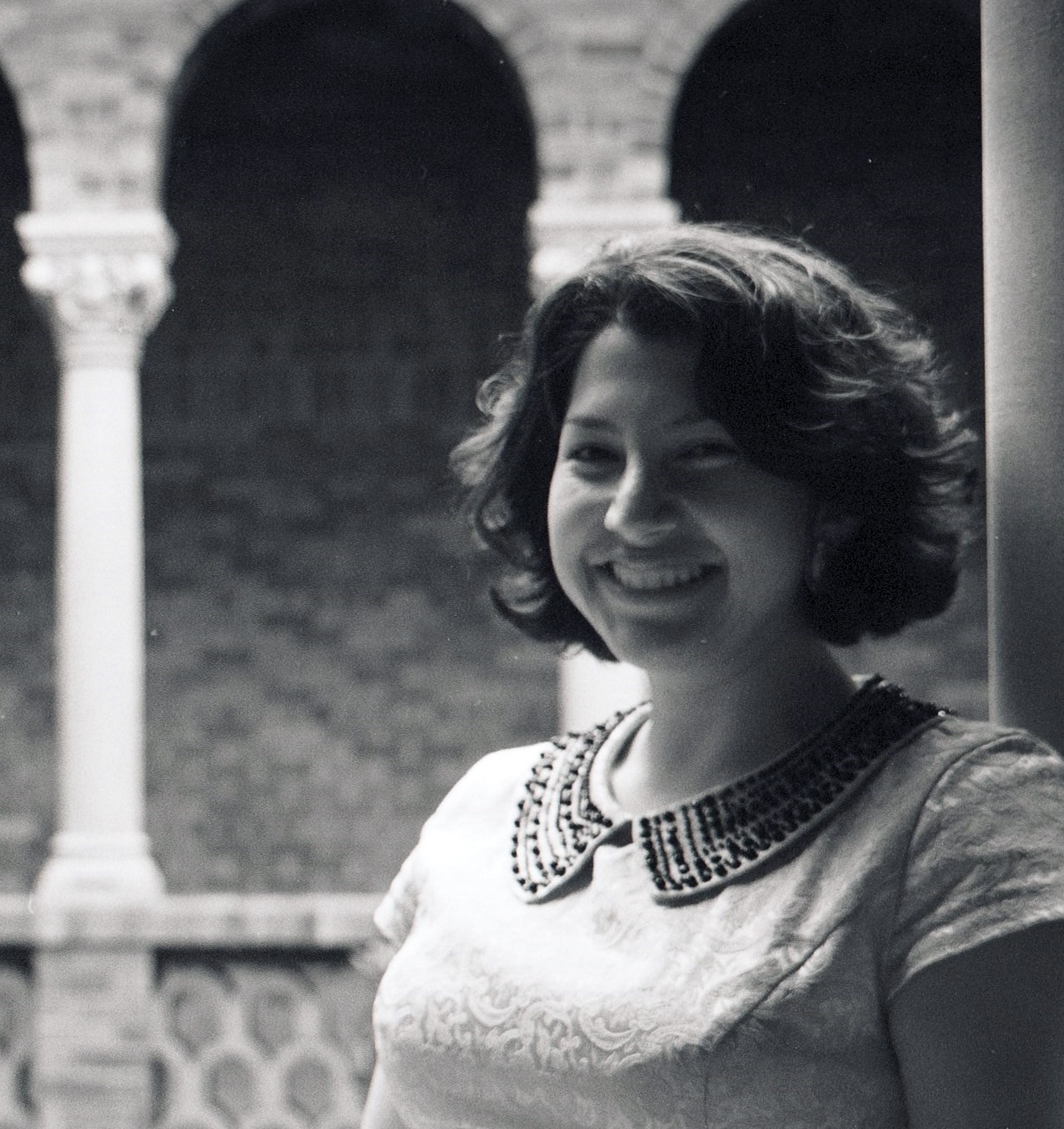My dissertation, Reading the Iconicity of Absence: A Cognitive Poetic Approach to 1970’s Chilean, Argentinian and US Poetics of Unmarked Space, studies how we read space in experimental poetry and artworks of the latter half of the twentieth century in Latin America and the US.
I focus on the dynamic relationship between language and cognitive processes, in order to explain the ways in which our perception of the unmarked space in visual/poetic artwork stimulates the mind toward a conceptualization that leads to the subsequent interpretive response that is reading.
In order to contribute, from the perspective of cognitive poetics, to the largely uncharted territory of a theory of the reading of material space in visual/poetic works that are heavily invested in underlining their own materiality, I also rely on Peircean semiotics, since being able to determine the import of cognitive activities for a variety of semiotic developments can illumine the role of material mediators—such as the space in the page.
Specifically, I write about the works of three poets and three conceptual artists produced around the 1970s in the U.S., Chile and Argentina: Chilean Nicanor Parra’s Artefactos (1972), Argentinian León Ferrari’s “Manuscritos” (1964), US poet John Ashbery’s The Vermont Notebook (1975), US artist Carl Andre’s Yucatan series (1972), Chilean Raúl Zurita’s Purgatorio (1979) and US poet Susan Howe’s Frame Structures (1979)
